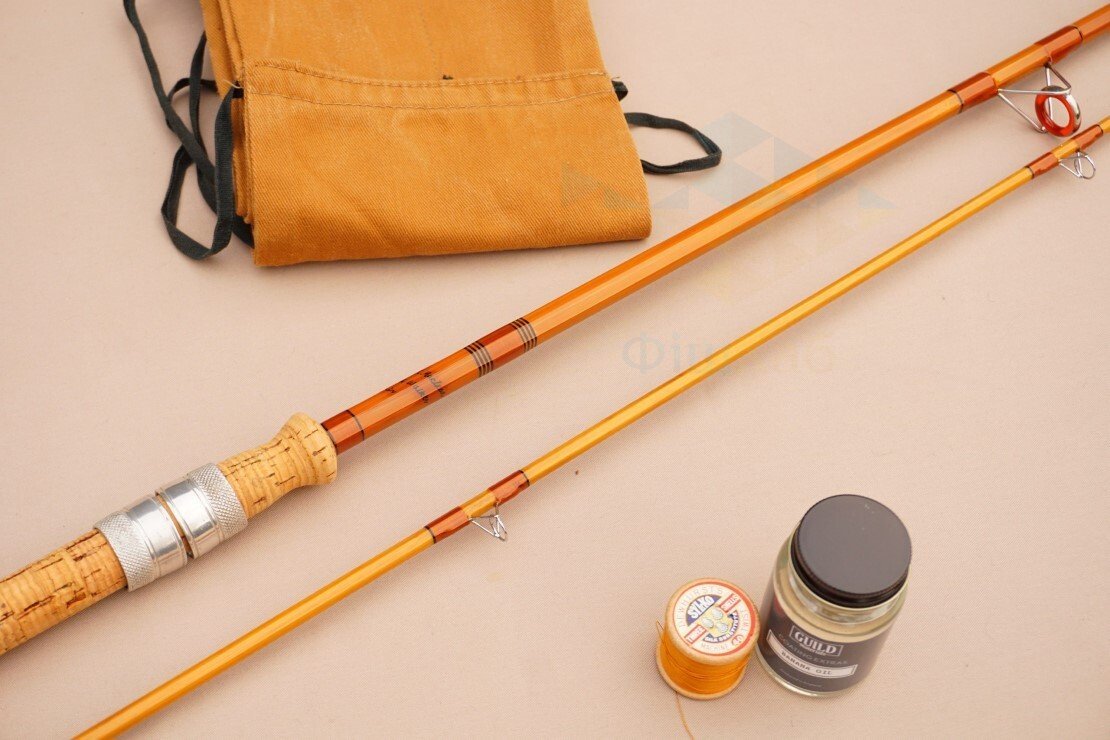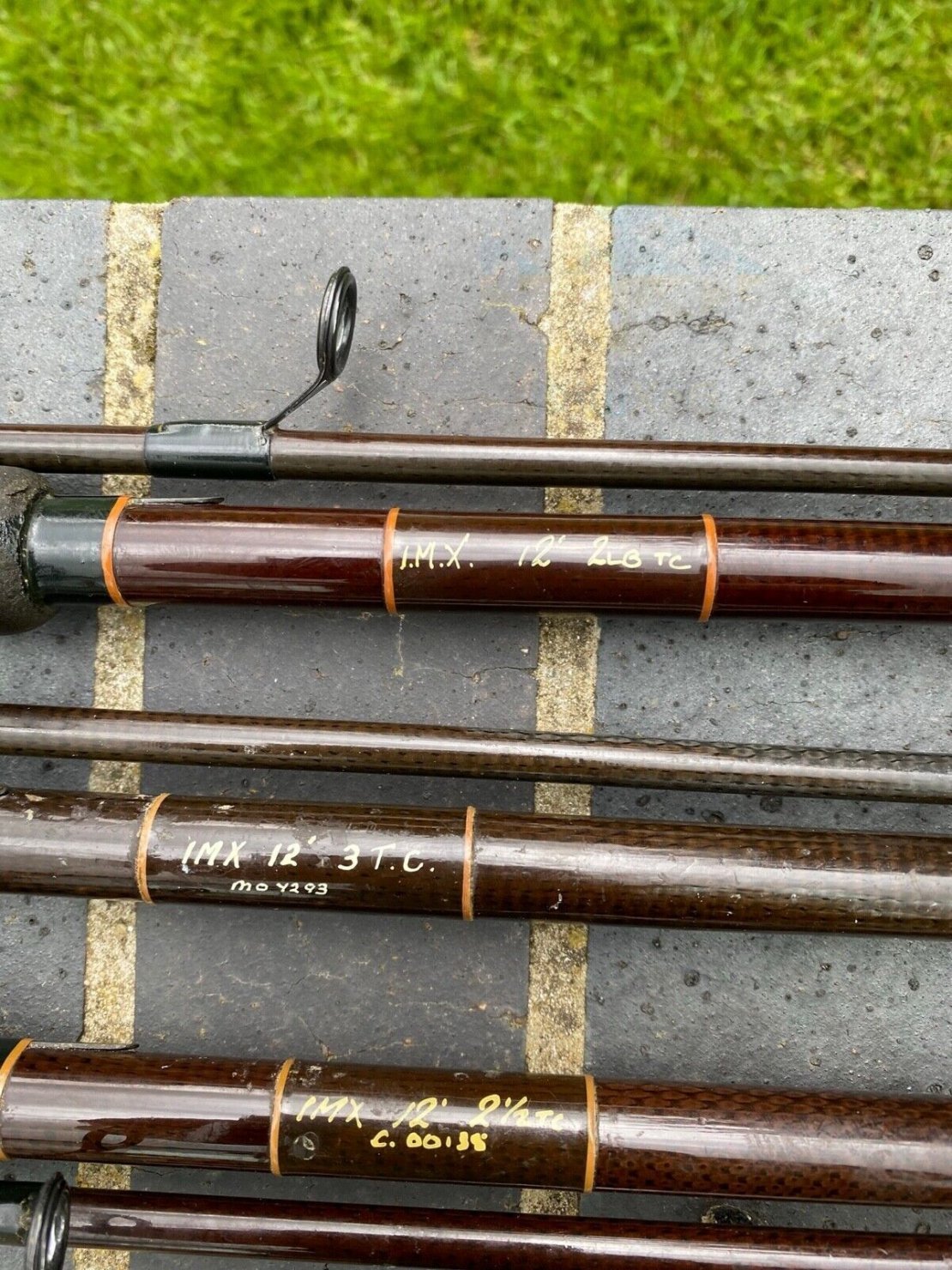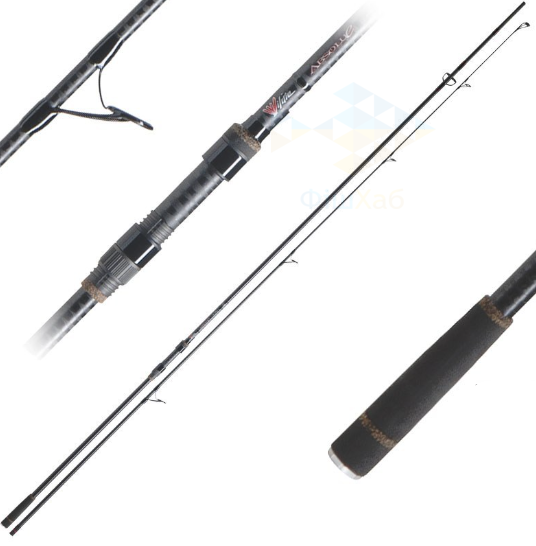History of carp rods
The history of the carp rod has its roots in the late 1940s of the 20th century, when there were still few fishermen interested in carp fishing, and manufacturers of fishing equipment did not show much interest in this specialization. In this context, there was a need to develop a special rod for catching carp, and this task was undertaken by a talented fisherman and researcher named Richard Walker. He became a true pioneer, creating new standards and improvements in the world of carp fishing.
Richard Walker first produced a small run of his first rod called the MARK-4, which was specifically designed for carp fishing. However, after a few years, he turned to the company Allcocks, known for its rods, with a request for the development and production of carp rods. But he was refused, considering the market too little-known and insignificant.
Not stopping there, Richard accepted the challenge and started creating a carp rod himself. Through three prototypes and thorough testing, he finally created his "dream rod", which later became a milestone in the development of carp fishing. The famous MARK-4 rod was born in 1951, opening a new era in the world of carp fishing and influencing many subsequent rod models to this day.

The first fiberglass carp rods
The first high-quality fiberglass rods appeared on the market only in 1967, they were produced in small series by various workshops in Great Britain. One of the famous models of the time was the Tap-Tep rod from Hardy, which was originally designed for salmon fishing, but quickly caught the attention of carp anglers due to its power and flexibility. In the 70s the carp rod market took off, with rods with different concepts from big names such as Jim Gibbinson, Jack Hilton and Gerry Savage. They were longer, more powerful and stiffer, which made it possible to cast farther and use thicker lines. Each rod had its own features in equipment, including different types of spool holders and ring materials.
The first carbon carp rods
In the mid-70s, the first carbon carp rods appeared on the market. However, they encountered problems: some were too light and fragile, while others were heavy and excessively stiff. The production process of these rods was not yet fully mastered, which led to the high cost of the product. Despite some success of rods from the Hardy and Bruce-and-Walker companies, it became clear that they are inferior in quality to fiberglass counterparts. Three English firms came forward to dominate the carp rod market for nearly a decade. Century Composites has released a series of Armalite CPT (Composite Progressive Taper) rods, offering anglers blanks, components and completely finished rods. Armalite blanks were created from carbon and aramid (Kevlar), connected at angles of 0° and 90°, which made it possible to create a strong and parabolic blank with a small diameter. The variety of the Armalite series was impressive, with rods ranging from 11 to 13 feet in length and from 1.75 to 3 Lb. Century Composites' main competitor was Tri-cast Composite Tubes, which also introduced its line of carbon-Kevlar blanks with a different concept. Fibers in Tri-cast blanks intersected at angles of 0° (width), 90° (length) and 45° (diagonal), forming a spiral structure, which made it possible to create light and sensitive blanks with high resistance to deformation.
Legendary carp rods
Since 1990, two unique carp rods have appeared on the French market: IMX, designed by Rod Hutchinson, and Wildie, created by Dominique Odige under the auspices of the French company Garbolino. These rods differ in their philosophy and the accumulated knowledge of two leading Carpathians.
IMX carp rod
Made from IM-7 carbon fiber, the IMX rod is the pinnacle of a range of rods hand-crafted in Grace's UK workshop. It is distinguished by an impeccable decoration of a form of a small diameter and an elegant appearance. Rod Hutchinson has been designing carp rods since 1979, and his work has produced models such as the Big-Pit-Special, Spirolite, Horizon and Sabre. In IMX rods, he managed to find the perfect compromise between casting power and pleasant sensations during balancing. The 3.5 Lb Model 137 was particularly well suited to French carp conditions and was very popular.

Wildie carp rod
Another legendary rod was the Wildie rod, the blank of which consists of intertwined carbon and Kevlar fibers. Dominique Odige was able to make the most of the advantages of these materials thanks to the special conical shape of the blank. The result was a multifunctional rod that provides excellent casting and pleasant balancing of fish. The Wildie rod, equipped with Fuji SiC rings, is a quality industrial product. Its only drawback can be considered a modest decoration, but thanks to an excellent ratio of price and quality, as well as an extensive distribution network, it broke all sales records (more than 15,000 copies were sold!). The Wildie rod blank was even exported to Great Britain, which was an unprecedented development for French carp rods.

